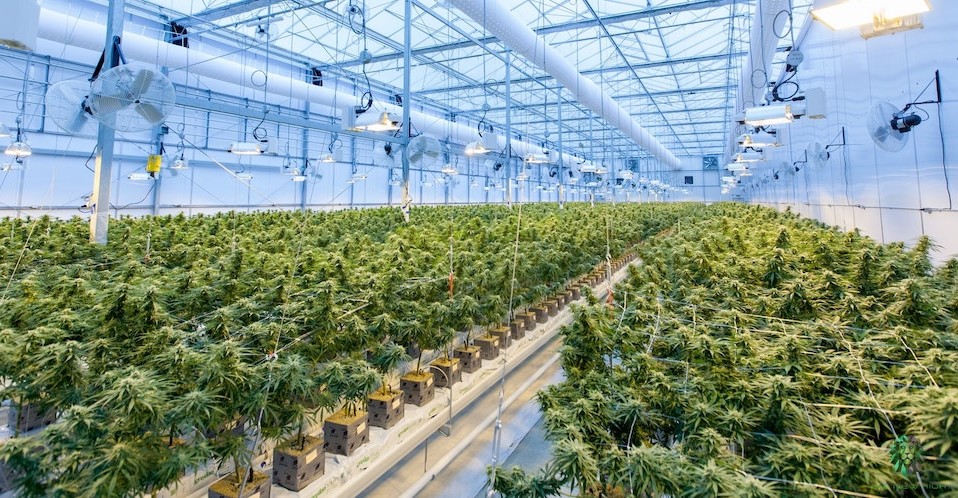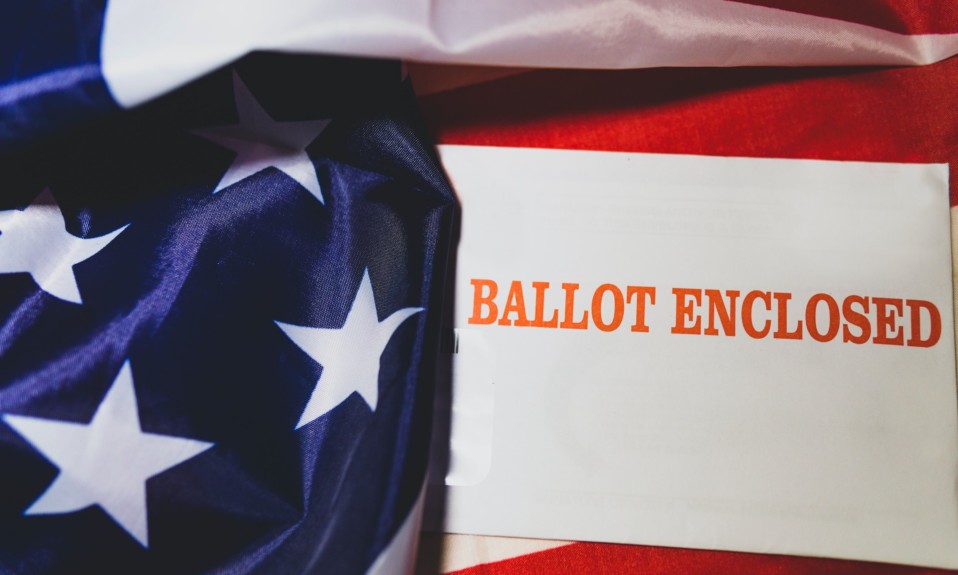One expert says everyone—from the public to physicians—must get more information to ensure safe and effective use of marijuana-based products

By Jason Langendorf
It wasn’t long ago that the use of marijuana fit into a fairly narrow profile: Dried cannabis flowers, in which the main chemical constituent was THC, were smoked—and almost always recreationally. Whether the person partaking was a skater in Santa Monica, a stockbroker in Manhattan or a nurse in Des Moines, the cannabis experience—from the product composition to the delivery mechanism—was a relatively standard one.
But as attitudes and laws around marijuana use in the United States have changed in recent years, an entire industry has taken root, bringing countless new products to market, many featuring vastly different active ingredients, potency levels and medicinal claims. That should concern anyone who has been paying attention. Unfortunately, few people have.
Ryan Vandrey, Ph.D., professor of psychiatry and behavioral sciences at Johns Hopkins University, is an exception. Vandrey’s work focuses primarily on the behavioral pharmacology of cannabis, and he says it’s too late for a rational debate over whether marijuana and cannabis-based products should be legalized. The genie is already out of the bottle.
What disturbs Vandrey is the breakneck pace at which marijuana is being embraced as a virtually harmless recreational substance and, in some circles, a sort of miracle medication, without it first falling under the legislative and regulatory scrutiny any other drug would face.
“If you look at how cannabis legalization has been rolled out to date,” Vandrey says, “it’s been, I’d say, an embarrassing model.”
Why Cannabis Needs More Regulation
Although the precise origins of marijuana in America are a bit sketchy, its proliferation as a smokable substance in this country was well underway by at least a century ago. Given its history—including government-led stigmatization and racialization—you might think cannabis would have been subject to extensive critical research over the years, and especially ahead of the recent wave of successful state legalization efforts. But you’d be wrong.
We’re allowing most of the country to have access to use something as a medicine in the absence of quality data to inform patients or providers which product to use, how it should be used, what dosage, and to ensure the quality control of that product.”—Ryan Vandrey, Johns Hopkins University
“Normally, if you were to roll out a new medication for anything, it is a very specific, very defined product,” Vandrey says. “It is a standardized formulation that has the same amount, the same chemical composition every time it’s made, and extensive clinical trials are done to evaluate the impact of that particular product for a very specific health use. With cannabis, that’s not the case at all.
“A drug has gone to market without typical drug development methods that happen for other pharmaceutical medicines. So we’re allowing most of the country to have access to use something as a medicine in the absence of quality data to inform patients or providers which product to use, how it should be used, what dosage, and to ensure the quality control of that product being sold to the patient.”
Not only has this cart-before-the-horse approach created a problem for the public—much of which is being introduced to a wide range of new cannabis products and intake methods for the first time—but it also has left caregivers to their own devices in prescribing (or not) an unfamiliar medication that is now in high demand.
“The medical providers are inadequately educated about cannabis use for medical purposes,” Vandrey says. He notes disagreement about the health conditions for which medical cannabis should be used and the types of people who should or should not use it. “There has been an allowance for kind of an open retail industry without really any constraints at all to emerge and develop,” he says.
What Should Be Done Now?

With so many cannabis-based products now on the market, Vandrey says the term “cannabis” doesn’t hold much meaning anymore. Research shows that cannabidiol (CBD) interacts with our body quite differently, and produces very different effects, from tetrahydrocannabinol (THC)—the chemical that delivers a marijuana “high.” But the distinction between products containing these components hasn’t been made clear by the cannabis industry.
Moreover, an increasing number of products include as their main chemical constituent a “minor” cannabinoid (such as cannabigerol, CBG, or cannabinol, CBN). According to Vandrey, there simply isn’t enough data to understand and accurately characterize the abuse liability, safety and impact on functioning of all these products.
“The umbrella term ‘cannabis’ now refers to thousands of different individual products that vary chemically, that vary with formulation, that vary with route of administration and have indefinite variations,” Vandrey says. “You can’t judge or measure the effects of one product and know what the next product is going to do, because there are so many variables that can account for differences in response to these products.”
How can we do this better? What needs to be done to maximize the public health benefit and minimize the public health harm of this move towards legalization?”—Ryan Vandrey
Under the circumstances, Vandrey would like to see federal investment in cannabis regulatory science and the institution of a legislative body for the drug that would be similar to the Food and Drug Administration (FDA)’s Center for Tobacco Products Research. The proposed agency, he says, would regulate all the variables around cannabis—potency, routes of administration, formulations, advertising, labeling, messaging, flavors and more—that currently make the industry something of an existential Wild West.
“How can we do this better?” Vandrey asks. “How can we make legalization something that comes back to doing so in a way that minimizes the public health burden and enhances the chances of people gaining some benefit on the medical end? What needs to be done to maximize the public health benefit and minimize the public health harm of this move towards legalization and legalized access for both medicinal and non-medicinal purposes?”
These are questions that must be answered in order to get a handle on the cannabis explosion.
Top photo: Richard T; bottom photo: Mike Von














